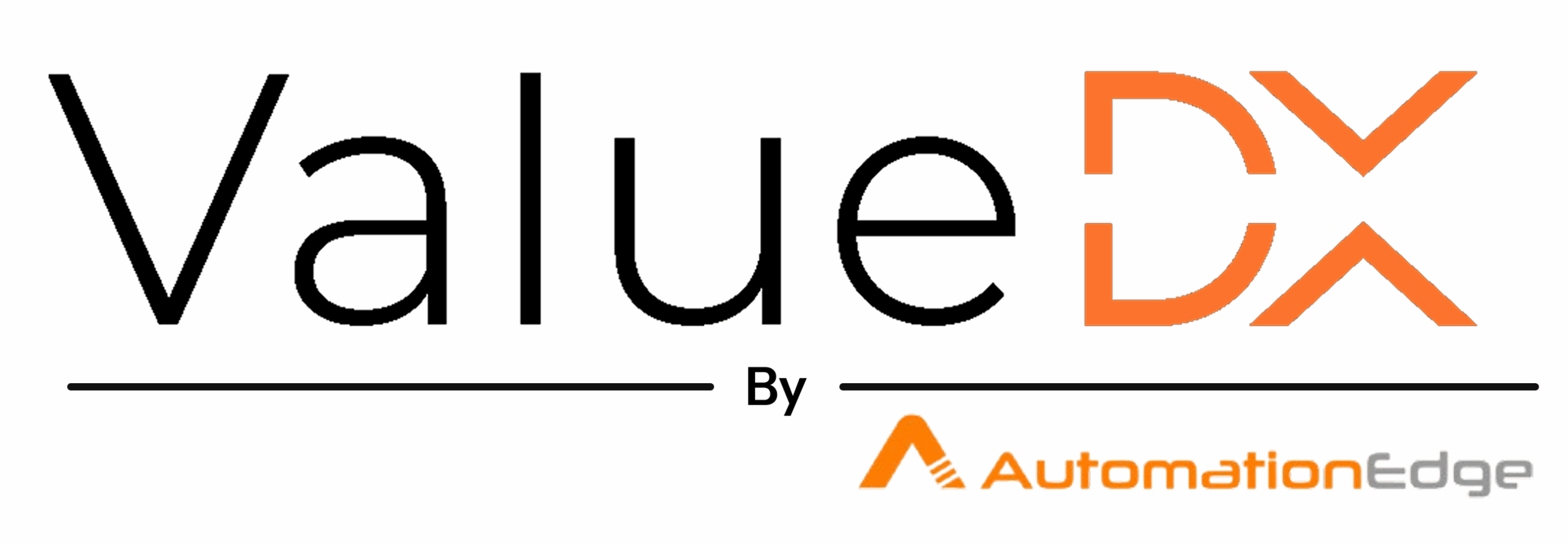
By Director of Automation Solutions at ValueDX Technologies
In today’s hyper-competitive business environment, automation is no longer just a nice-to-have—it’s a necessity for survival and growth. Many organizations that embraced Robotic Process Automation (RPA) in its early stages are now facing a critical decision: continue with increasingly outdated platforms or migrate to next-generation solutions that offer enhanced capabilities and business value.
As someone who has guided dozens of Indian enterprises through successful RPA migrations, I’ve witnessed firsthand how a well-planned transition can transform not just operational efficiency but fundamental business outcomes. This post aims to demystify the financial aspects of RPA migration and provide a practical framework for evaluating its true business impact.
Understanding the Full Cost Picture
When considering RPA migration, many leadership teams fixate solely on the immediate implementation costs. This narrow view often leads to postponed decisions and missed opportunities. A comprehensive cost assessment should include:
1. Current Platform Maintenance Costs (The Status Quo Tax)
Most organizations underestimate what they’re currently spending to maintain legacy RPA systems:
- License fees with diminishing value: Older platforms often charge higher fees while innovation stagnates
- Internal support resources: Technical staff dedicating increasing hours to troubleshooting and fixes
- Integration workarounds: Custom coding needed to connect with newer systems
- Downtime costs: Business disruption when bots fail
- Technical debt accumulation: Temporary fixes that create long-term complexity
One manufacturing client discovered they were spending nearly ₹75 lakh annually just maintaining existing bots, with costs increasing approximately 15% year-over-year.
2. Migration Investment Components
A realistic migration budget should account for:
- New platform licensing: Typically structured differently than legacy systems, often with consumption-based models
- Implementation services: Configuration, testing, and deployment
- Training and change management: Preparing your team for new tools and methodologies
- Parallel run periods: Maintaining both systems during transition
- Process redesign: Optimizing workflows to leverage new capabilities
3. Hidden Opportunity Costs
Perhaps most significant are the costs of delayed action:
- Competitive disadvantage: What market share is lost while competitors leverage superior automation?
- Delayed innovation: What new products or services remain unlaunched due to technical limitations?
- Talent attrition: How does outdated technology impact your ability to attract and retain skilled professionals?
ROI Calculation: Beyond Simple Payback Periods
Traditional ROI calculations often fail to capture the full value of migration. A more comprehensive approach includes:
1. Direct Cost Savings
- Reduced maintenance expenses: Modern platforms typically require 30-50% less maintenance effort
- License optimization: Next-gen platforms often offer more flexible consumption models
- Infrastructure savings: Cloud-native solutions reduce on-premises hardware requirements
- Resource reallocation: Technical teams freed from maintenance for more valuable work
2. Operational Efficiency Gains
- Increased throughput: Faster processing capabilities
- Higher reliability: Fewer failures and exceptions
- Greater accuracy: Reduced error rates and rework
- Expanded automation scope: Ability to automate previously unautomatable processes
3. Strategic Business Impact
- Improved customer experience: Faster service delivery and fewer errors
- Better compliance capabilities: Enhanced audit trails and control mechanisms
- Data-driven insights: Advanced analytics on automated processes
- Business agility: Faster response to market changes
For a prominent banking client, we quantified a 267% three-year ROI on migration, with payback achieved in just 11 months. Importantly, over 60% of this value came from new business capabilities rather than just cost reduction.
Business Benefits That Transform the Enterprise
1. Intelligence-Driven Automation
Modern RPA platforms integrate AI capabilities that dramatically expand automation potential:
- Document understanding: Processing unstructured data from invoices, contracts, and forms
- Cognitive decision-making: Handling exceptions with intelligence rather than human escalation
- Predictive capabilities: Anticipating issues before they impact business
A healthcare provider we worked with reduced claims processing time from 4 days to 6 hours by implementing intelligent document processing, directly improving cash flow and provider satisfaction.
2. Democratized Automation Development
Next-generation platforms dramatically reduce the technical barriers to automation:
- Low-code/no-code interfaces: Enabling business users to create automations
- Reusable components: Pre-built functions that accelerate development
- Visual process design: Intuitive interfaces that reduce learning curves
One retail client saw a 300% increase in automation ideas implemented after migration, primarily because business teams could now directly contribute to the automation program.
3. Enterprise-Scale Orchestration
Unlike siloed first-generation tools, modern platforms support cohesive automation strategies:
- Centralized governance: Unified security, compliance, and management
- Cross-platform orchestration: Coordinating human and digital workers
- Process mining integration: Continuously identifying new automation opportunities
- End-to-end process visibility: Comprehensive monitoring and analytics
A manufacturing conglomerate leveraged these capabilities to create “digital twins” of key business processes, enabling continuous simulation and optimization that delivered ₹12 crore in operational improvements within 18 months.
4. Business Continuity Enhancements
Modern RPA platforms significantly improve resilience:
- Cloud-native architecture: Improved availability and disaster recovery
- Self-healing capabilities: Automated remediation of common issues
- Version control and rollback: Safer deployment of changes
- Comprehensive audit trails: Better visibility into automated operations
Real-World Migration Success: A ValueDX Case Study
To illustrate these principles, consider our work with a leading financial services provider in India:
Initial Situation:
- 120+ automation processes built on a legacy platform
- 65% of IT support tickets are related to automation failures
- Quarterly system updates are causing significant disruption
- Limited capacity to handle unstructured data (crucial for loan processing)
Migration Approach:
- Comprehensive automation estate assessment
- Prioritization of high-value processes for first migration wave
- Parallel implementation with phased cutover
- Introduction of intelligent document processing for loan applications
Business Outcomes:
- 42% reduction in end-to-end loan processing time
- 78% decrease in automation-related support tickets
- ₹4.2 crore annual savings in operational costs
- 22% increase in loan processing capacity without additional headcount
Most significantly, the migration enabled a new same-day loan approval service that became a key competitive differentiator and drove 15% growth in their small business lending portfolio.
Building Your Business Case: Practical Guidance
Based on our experience with dozens of migrations, here are key recommendations for building a compelling business case:
- Start with current state assessment: Document maintenance costs, limitations, and technical debt
- Identify quick wins: Prioritize high-value processes with clear improvement potential
- Look beyond automation team benefits: Engage business stakeholders to identify strategic value
- Build a phased approach: Create a migration roadmap with incremental value delivery
- Establish clear metrics: Define how you’ll measure and communicate success
Conclusion: Migration as Strategic Investment
RPA migration represents far more than a technical upgrade—it’s a strategic business investment that can fundamentally reshape operational capabilities and market positioning. The organizations gaining competitive advantage today aren’t just implementing automation; they’re building intelligent digital workforces that continuously evolve and improve.
At ValueDX, we’ve witnessed how forward-thinking companies are leveraging next-generation RPA not just to reduce costs, but to create entirely new business models and customer experiences. The question is no longer whether migration delivers positive ROI, but how quickly you can capture the value it offers before competitors do the same.
The most successful enterprises approach RPA migration not as a technology project but as a business transformation initiative—one that delivers not just cost savings, but fundamental competitive advantage in an increasingly digital marketplace.
Author: Gajanan Kulkarni

